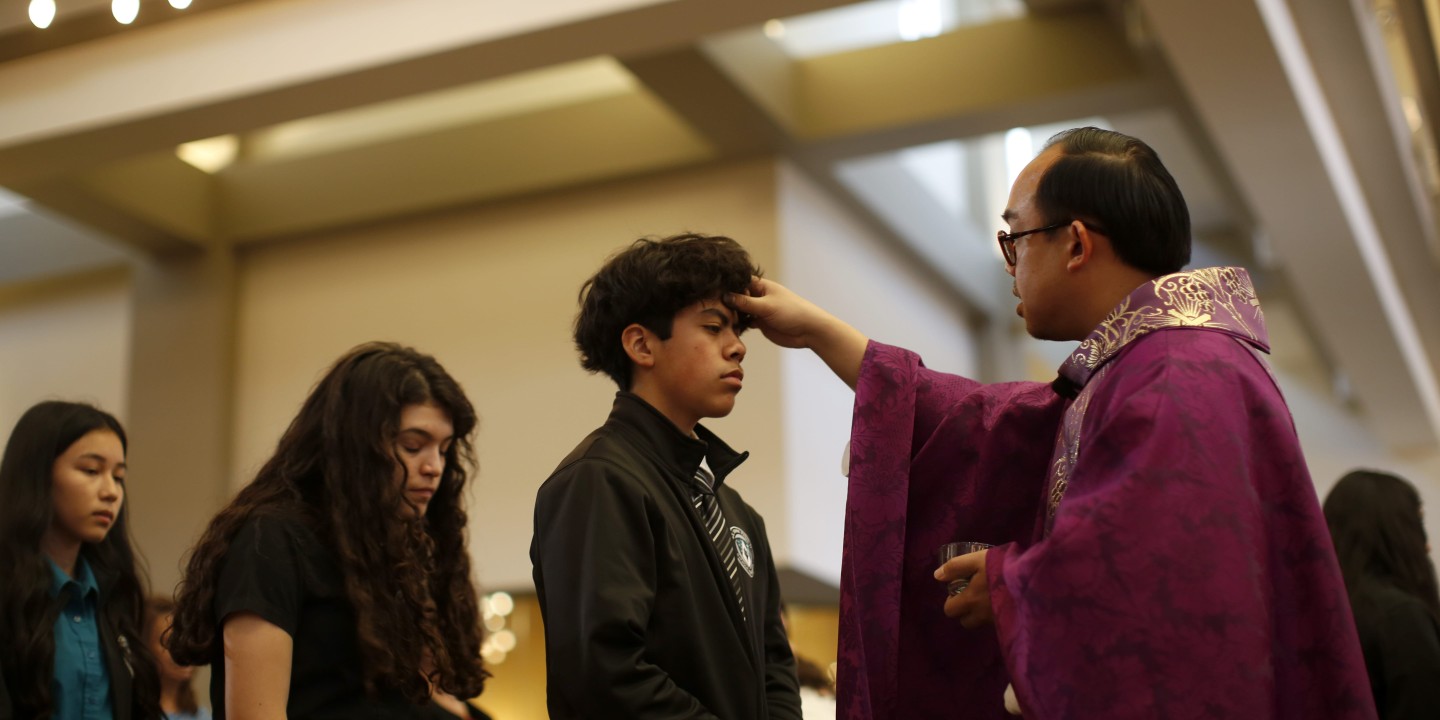US Catholic institutions struggle to keep up with changing demographics

Hispanics now account for 40 percent of all US Catholics, and a solid majority of school-age Catholics. Yet Hispanic Americans are strikingly underrepresented in Catholic schools and in the priesthood—accounting for less than 19 percent of Catholic school enrollment and only about 3 percent of US-based priests.
Extensive efforts are under way to narrow the demographic gaps. They have been highlighted in a nearly completed four-year study by US Catholic bishops seeking to strengthen the church’s engagement with Hispanics.
By the latest count of the bishops’ conference, there are about 37,300 US-based priests. Among them are roughly 3,000 Hispanics—more than 2,000 of them
foreign-born. The gap may close, but perhaps not quickly. According to Catholic researchers at Georgetown University, 14 percent of the men scheduled to be ordained in 2019 were Hispanic.
Overall enrollment in Catholic schools in the US has plummeted in recent decades, from more than 5.2 million in the 1960s to about 1.73 million this year. Of the current students, only 18 percent are Hispanic.
Experts cite several reasons. Many Hispanics in the US come from Latin American countries where private schools, including Catholic ones, are viewed as bastions of the wealthy. With annual tuition averaging more than $5,000 for elementary grades and $10,000 for high school, Catholic education in the US is unaffordable to many families. And many Catholic schools are losing students to charter schools, which are able to access government funds for their operations. —Associated Press





